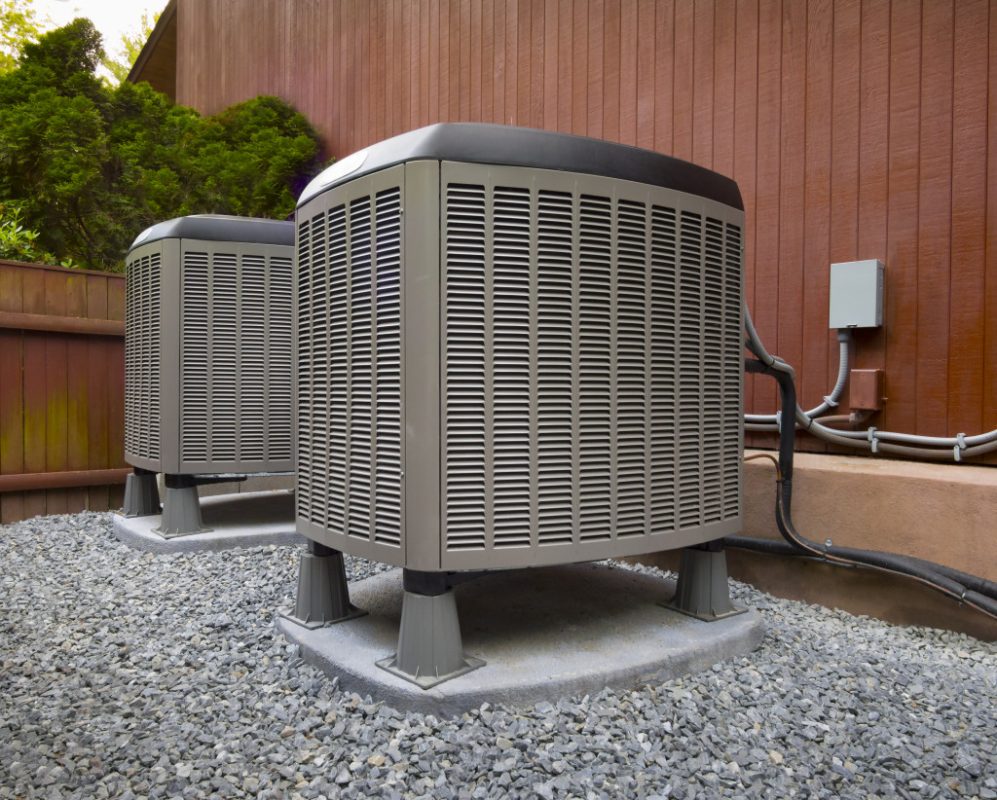- Weather-related disasters can cause severe financial losses; hence, businesses must invest in weather-proofing measures.
- A thorough risk assessment helps businesses identify vulnerabilities and tailor weather-proofing measures to specific threats.
- Essential systems like HVAC units and industrial furnaces are critical in maintaining a stable indoor environment.
- Proactive weather-proofing and effective exit strategies ensure business continuity and safety during severe weather events.
Securing a business establishment against the weather is of paramount importance. Extreme weather conditions such as storms, floods, or high winds can cause severe property damage, resulting in significant financial losses. Nearly 40% of small businesses never reopen their doors after a disaster. Furthermore, a report by the U.S. Small Business Administration states that the economic cost of weather-related disasters in the U.S. exceeds $5 billion annually. This underscores the vital necessity for businesses to invest in weather-proofing measures to protect their physical assets and ensure business continuity in the face of unpredictable weather events.
However, preparing the establishment against the weather will require a lot of planning and organization. Every business needs to make sure that it has taken the necessary precautions, starting with these steps:
Risk Assessment

Conducting a thorough risk assessment forms the cornerstone of any weather-proofing strategy. Businesses can plan and implement mitigatory measures to reduce potential damage and disruption by identifying potential hazards related to weather events. Here are four key areas to focus on during the risk assessment:
Identifying Vulnerabilities
The first step to a successful risk assessment process is identifying vulnerabilities. This could include areas of the property prone to flooding, structures not built to withstand high winds, or electrical systems that could be affected by lightning.
Analyzing Weather Patterns
It’s also crucial to analyze local weather patterns and history. Understanding the weather events that most commonly occur in your area – such as hurricanes, tornadoes, or heavy snowfall – will allow you to tailor your weather-proofing measures to these threats.
Evaluating Business Impact
Consider the potential impact on your business operations. What would happen if an extreme weather event occurred during business hours? How would it affect your employees, customers, or supply chain? This will help you prioritize which areas to focus on when weather-proofing.
Regular Review and Update
Risk assessments should not be a one-time event. Regularly reviewing and updating your assessment will ensure it remains effective and considers changes in local weather patterns, your business operations, or the physical condition of your property.
System Functionality

Functionality is crucial to weather-proofing a business establishment, ensuring employees’ safety and security. Vital systems, such as heating, ventilation, and air-conditioning (HVAC) and industrial furnaces, play a crucial role in maintaining a stable indoor environment, irrespective of external weather conditions.
HVAC systems are instrumental in maintaining comfortable temperatures and humidity levels. Keeping the indoor environment stable protects workers from extreme heat and cold, thereby reducing health risks and improving productivity.
High-powered industrial furnaces are another critical system, particularly for businesses operating in colder regions or industries requiring high temperatures for manufacturing processes. A properly installed and maintained industrial furnace ensures consistent and efficient heating, safeguarding workers from cold stress while optimizing operational efficiency.
In conclusion, prioritizing the functionality of essential systems like HVAC units and industrial furnaces is a significant step in weather-proofing a business establishment. These systems not only protect employees’ health and comfort but also ensure the continuity of business operations even in adverse weather conditions.
Weather-Proofing and Exit Strategies
Proactive weather-proofing measures and well-crafted exit strategies are both critical to ensuring business continuity and safety during severe weather events. Weather-proofing reduces the physical vulnerabilities of the establishment, whereas an exit strategy outlines the steps needed to evacuate safely in the event of an emergency.
An effective exit strategy is essential to a business’s disaster preparedness plan. It details the procedures for orderly and safe evacuation, minimizing the risk of injuries during emergencies. It should include marked evacuation routes, designated muster points, and a communication plan to keep all stakeholders informed.
Moreover, a well-planned exit strategy also ensures minimal disruption to business operations. Businesses can prevent additional financial losses and speed up recovery time post-disaster by detailing how to safely secure essential documents, data, and equipment before evacuation.
A comprehensive approach to weather-proofing, combined with a well-planned exit strategy, empowers businesses to respond effectively to adverse weather events. This dual approach protects the physical establishment and its people, minimizing potential injuries and damages, ensuring safety, and enhancing resilience in weather-related challenges.
Final Thoughts
The unpredictable nature of weather events makes it imperative for businesses to invest in preventive measures and develop comprehensive exit strategies. By taking the necessary steps to weather-proof their establishment, companies can protect their physical assets while ensuring the safety and security of their employees and customers. Furthermore, effective planning allows businesses to ensure business continuity even in extreme situations, mitigating the financial losses that would otherwise occur due to damages caused by adverse weather conditions.

